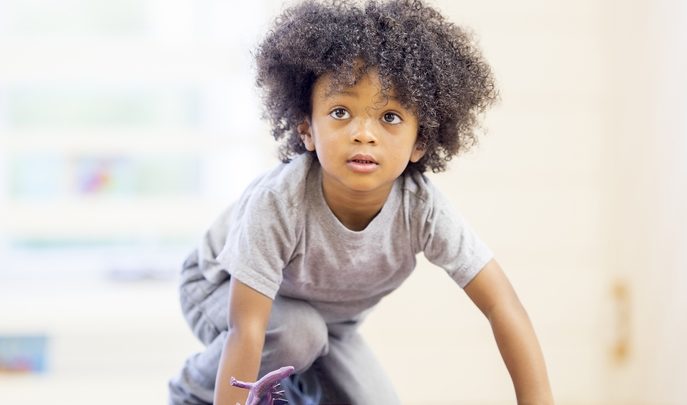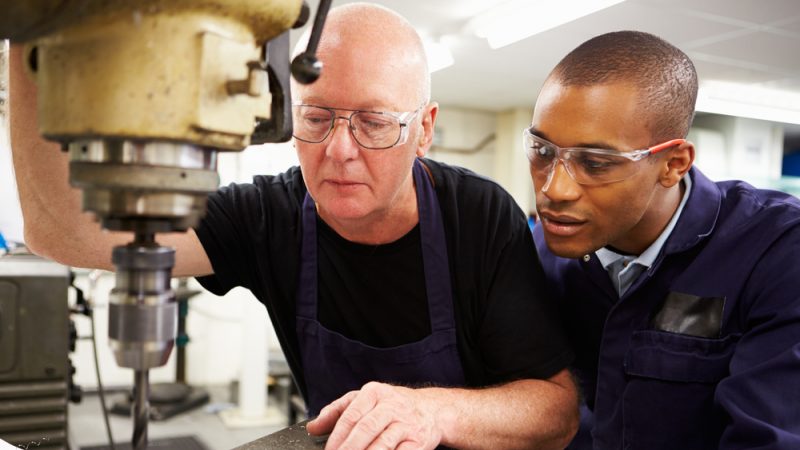7 useful approaches to early years observations

Not all observational techniques are created equal, but all have an important role to play in charting your children’s development, says Kathy Brodie…

- by Kathy Brodie
- Consultant, trainer, author and founder of Early Years TV Visit website

Observations are a vital part of trying to understand children’s interests, motivations to learn and thinking processes.
The EYFS requires practitioners to make observations, but it doesn’t specify the type or frequency of observations. This means you can choose observational techniques to suit your purposes, whether you have children who attend all day, every day, or who just come in for a few hours each week. Selecting the right technique to meet the needs of every unique child isn’t straightforward, at least to begin with – it’s a skill that must be practised over time. There are some techniques that are used by most practitioners, in most circumstances, such as magic moments (or instantaneous observations) and long (or narrative) observations.
However, these should be augmented with other techniques so that you’re able to get a full picture of your children’s development. The summaries below will introduce you to the key features of a range of different approaches that will prove useful in different situations…
1 | Regular observations
These are the observations you will probably be doing all day long, capturing short, magic moments – maybe a first step or full sentence. You may also be doing long, or narrative observations: more detailed observations, recorded over a much longer time period, which may include ongoing progress.
The combination of quick and more detailed observations will give you both a snapshot of progress today, and a long-term overview of children’s rate of development.
2 | Focusing in
A popular way of ensuring everyone is observed is to have a focus child: one child (or more, depending on the size of the setting) is chosen for everyone to observe throughout the day.
The beauty of this method is that it doesn’t matter if your setting is free-flow, because there will always be a practitioner to make observations. Another huge benefit is that every practitioner has a unique perspective, so you will get many different views, enriching your knowledge about children’s development.
3 | Going social
Sociograms are an excellent way of recording children’s social interactions and behaviours. This aspect of development is sometimes missed with classic observational techniques, which are focused on the child, rather than the social situation.
A sociogram is an observation of the social interactions, preferred peer groups and social environments within your setting. You simply record the ways that the children play together, who initiates the play and who may have less social exchanges than you would expect for their stage of development.
4 | Permanent records
Sometimes permanent observations are necessary, which is where audio and video recordings are very useful, especially if you need to discuss children’s development with multi-agency professionals.
For example, it can be difficult to describe exactly the way your child’s speech is developing and your concerns about this, but a short audio or video clip will demonstrate any issues to the speech and language therapist very effectively.
5 | Timed observations
These are observations made at regular intervals, e.g. every five minutes, throughout a session. The observations are quick snapshots of the children’s play, or possibly of an area in your setting.
This technique is very useful if you’re trying to get an overview of how areas are being used, or how children are moving around your setting. It’s especially beneficial if you’re investigating how children are settling in, since you can quickly identify those who may be flitting from activity to activity.
6 | Doing research
If you’re studying, you may be asked to observe children in certain circumstances, or with a specific aim in mind, for example, ‘How many boys play in the home corner?’ or ‘How are bikes shared outdoors?’
I think of these observations as ‘upside down’ because you have already thought about the results before you observe the children. You may find you get some very insightful observations, because you’re seeing play from a new perspective.
7 | Parental perspectives
It’s vital to include observations from parents, because children can be very different at home to how they are in your setting. These observations show how interests manifest themselves at home, which may reinforce your observations, especially with schematic play, or may give context to some of the types of play you’re observing.
It’s also an excellent opportunity to explain to parents how and why you observe in your setting, and to show how much you value their collaboration.
Observing behaviour
Sometimes observations are for a specific purpose, for example, to determine the causes for undesirable behaviour. For this, you need to follow the ‘ABCD’…
- Antecedent – what happened beforehand?
This technique can identify patterns of behaviour very quickly, pinpoint effective responses and help to defuse situations before they become a problem.
Kathy Brodie is an Early Years Professional and trainer based in East Cheshire and the author of Observations, Assessments and Planning: Bringing it all together; for more information, visit kathybrodie.com or follow @kathybrodie.










